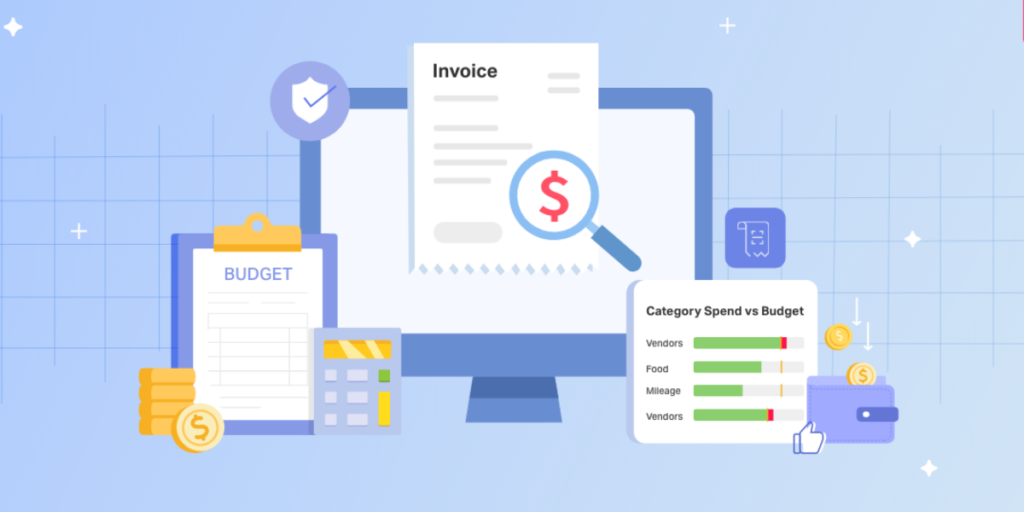The Point: In the world of business, fiscal responsibility and efficiency are vital for long-term success. One area that often requires careful management is the purchasing approval process. By formalizing and codifying the method by which outgoing payments are approved, businesses can ensure fiscal transparency, track expenses more efficiently, and minimize the risk of overspending. This article explores the importance of purchasing approval processes and highlights the key elements businesses must consider when implementing them. From the typical steps involved to the transformative benefits they offer, we will delve into why these processes are essential for companies seeking to optimize their corporate spend…Enjoy!

Tailoring the Purchasing Approval Process
No two businesses are the same, and a one-size-fits-all approach to purchasing approval processes is seldom effective. To reap the full benefits of these processes, companies must tailor them to suit their specific needs and organizational structure.
Platform Selection and Integration. Choosing the right platform to facilitate the purchasing approval process is crucial. Companies should evaluate available solutions that align with their existing financial systems, such as Enterprise Resource Planning (ERP) software, to ensure seamless integration and avoid disruption to operations.
Establishing Clear Rules and Guidelines. Defining clear rules and guidelines for the purchasing approval process is essential for consistency and efficiency. This includes specifying spending limits for different levels of approval, establishing criteria for urgent requests, and outlining the documentation required for each purchase.
Mapping Users and Organizational Hierarchy. Understanding the company’s organizational hierarchy is essential for setting up the appropriate approval workflow. This involves mapping users to their respective roles and ensuring that requests are routed to the right individuals for approval.
Embracing Corporate Culture. The successful implementation of purchasing approval processes relies on buy-in from all stakeholders. Companies should communicate the importance of these processes and how they align with the organization’s values and long-term objectives.
The Typical Purchasing Approval Process
The purchasing approval process typically involves a series of steps that ensure responsible and transparent spending.
- Request Submission – The process begins when an employee submits a purchase request. This may involve providing details such as the vendor, item description, quantity, and cost.
- Approver Appraisal – Once a request is submitted, it is directed to the appropriate approver(s) based on the established organizational hierarchy and spending limits.
- Purchase Order Creation – Upon approval, a purchase order is created. This formal document outlines the agreed-upon terms between the company and the vendor.
- Invoice Processing – Once the goods or services are received, an invoice is generated. This invoice is cross-referenced with the corresponding purchase order to ensure accuracy before payment is processed.
The Transformative Benefits of Purchasing Approval Processes
Implementing purchasing approval processes offers businesses a multitude of transformative benefits that optimize corporate spend and financial management.
#1 – Reduced Risk of Human Error
By establishing a structured approval workflow, the risk of human errors, such as duplicate payments or unauthorized spending, is significantly reduced.
#2 – Improved Fiscal Transparency
Purchasing approval processes provide a clear trail of approvals, enhancing fiscal transparency and making it easier to track expenses.
#3 – Increased Visibility into Corporate Spend
Companies gain greater visibility into their corporate spend, enabling them to identify potential areas for cost savings and budget optimization.
#4 – Efficiency Gains and Time Savings
Formalized processes reduce delays and inefficiencies, resulting in faster turnaround times for approvals and greater time savings for employees and managers.
#5 – Enhanced Security and Fraud Prevention
Purchasing approval processes help minimize the risk of fraudulent activities by requiring proper documentation and authorization for each purchase.
#6 – Elimination of Redundant Spend Habits
By centralizing the purchasing approval process, companies can identify and eliminate redundant or unnecessary spend habits, further optimizing their financial management.
The Advantages of Automating Purchasing Approval Processes
While manual purchasing approval processes offer significant benefits, automating these workflows takes the advantages to the next level.
Faster Turnaround Times
Automated systems expedite the approval process, leading to faster decision-making and quicker responses to urgent requests.
Greater Accountability
Automated processes provide a clear record of every step in the approval workflow, holding approvers accountable for their decisions.
Easier Bottleneck Identification
Automated systems make it easier to identify bottlenecks and areas where approvals are delayed, allowing companies to address these issues promptly.
Improved Centralization
Automated purchasing approval processes centralize data, making it easier to access and analyze spending trends and patterns.
SUMMARY
Purchasing approval processes play a pivotal role in optimizing corporate spend and enhancing financial management. By tailoring these processes to their specific needs, companies can ensure fiscal transparency, accountability, and efficiency in their spending practices. The transformative benefits of implementing purchasing approval processes extend beyond cost control and encompass increased visibility, time savings, and enhanced security. Automating these workflows further amplifies these advantages, empowering businesses to respond swiftly to changing market conditions and make data-driven decisions that drive sustainable growth. Embracing the power of purchasing approval processes is a strategic move that enables companies to optimize their financial resources and thrive in the dynamic business landscape.
Sam Palazzolo, Managing Director @ Tip of the Spear Ventures



